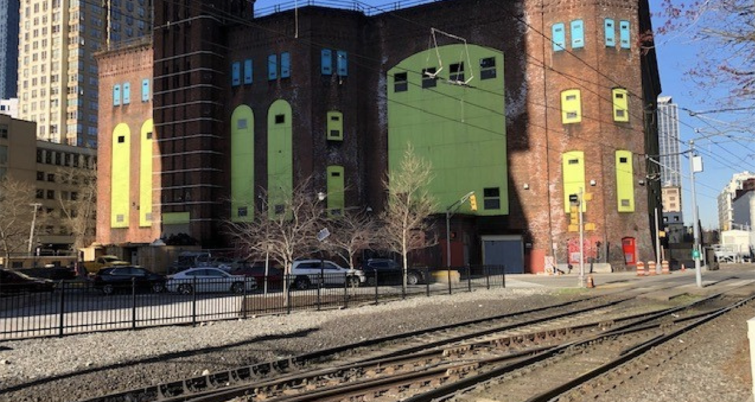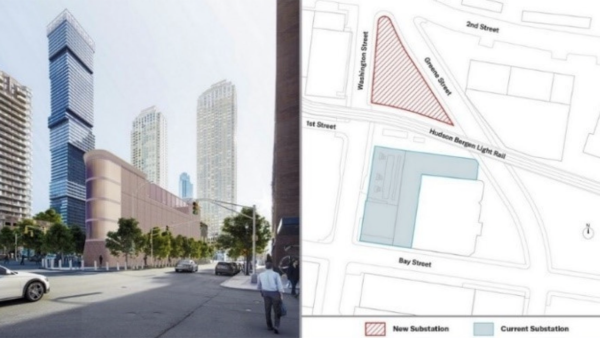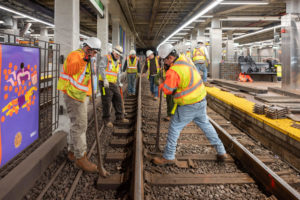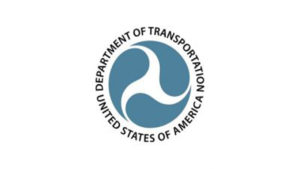PATH Powers a Resilient Future
Written by Scott Ladd, Port Authority of New York & New Jersey Staff
The empty triangular lot tucked into a busy section of downtown Jersey City is undergoing the first stages of redevelopment. At the moment, it isn’t much to look at. But for PATH, it’s a powerhouse of a project.
PATH is building a new power-generating plant on property bordered by Washington, Greene and Second streets with the Bergen-Hudson Light Rail tracks at the south end, to replace an adjoining 114-year-old facility. The project reflects the Port Authority’s commitment to more sustainable and reliable power sources, while providing a smaller, sleeker and visually appealing addition to Jersey City’s ongoing downtown transformation.
The new facility—known as Substation 2—is a model of resilience and sustainable planning and execution. Following Port Authority’s rigorous sustainable buildings guidelines, the facility’s design includes a flood elevation base of more than 15 feet to address historical flood patterns and any future sea level rise impact, conforming to the most current FEMA flood maps.
Substation 2 will anchor a network of more than 20 PATH power-generating facilities in New Jersey and New York, feeding power and compressed air to the PATH tunnel system through a new underground utility chamber. Operational by the end of 2026, the two-level substation will reach a maximum height of 63 feet, lower than the existing power plant. It will generate train and signals power, emergency ventilation and auxiliary power coverage, and also create air power for pneumatic signals, switches, pumps, and other equipment critical to driving the underground PATH rapid transit system.

The plan calls for a modular green roof of sedum, a versatile landscape plant that can better absorb rainfall and reduce stormwater runoff. State-of-the-art mechanical intake, cooling and exhaust systems, and other modernized equipment built to federal sustainability specifications contribute to an environmentally sensitive design.
“Sustainability is an essential ingredient in the development of every new construction and rehabilitation project we undertake, not just at PATH but throughout the Port Authority.”
Clarelle DeGraffe, PATH Director, General Manager
PATH’s Assistant Director for Capital Projects Damian McShane and Project Director Andrew Giordano oversee the project.
The project is also an opportunity to strengthen PATH’s connections to Jersey City. The Port Authority meets regularly with Jersey City officials and local residents to provide updates and ensure transparency, communication and continuity. That dialogue is already paying dividends, leading to modifications in the construction schedule and scope in response to community concerns. The start of daily construction work was moved from 7 a.m. to 8 a.m. following local input; additional steps have been taken to reduce street construction and mitigate traffic noise and disruption, and to improve lighting in and around the facility.
“This is an opportunity to partner with the city and the community on a project that will significantly improve PATH service and advance the Port Authority’s resiliency goals,” said Port Authority Chief of Intergovernmental Affairs Jenny Davis. “We’re very excited by this project and what it will mean for the community, its residents, and our customers.”





